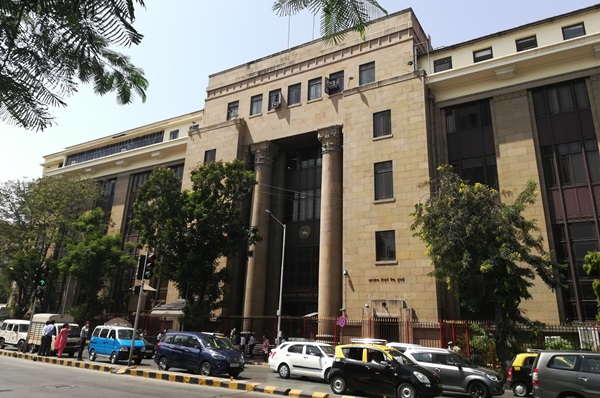.png)

Manoj Rane, who headed treasury at various foreign and domestic banks, was vice chair of FIMMDA and FEDAI. He is now an independent director advising finance firms.
April 4, 2025 at 3:38 PM IST
Does India have a foreign exchange problem?
Between September 2024 and February 2025, the rupee weakened from 83.79 per dollar to 87.49. This marked a 4.5% fall over five months, equivalent to nearly 11% on an annualised basis, which is significant by any standard. Stretching back to January 2022, when the exchange rate was close to 74, the domestic currency has depreciated by about 18% over three years. In historical context, this is a steep erosion in the rupee’s value against the dollar.
This decline has come on the back of sizeable foreign portfolio outflows, which, in turn, triggered a sharp correction in Indian equity indices. These developments reinforce the view that the rupee’s value is now a serious concern. Additionally, the liquidity crunch, linked directly to these foreign portfolio-related outflows, has intensified the pressure on the Reserve Bank of India to respond with urgency.
Recent actions by the central bank indicate a calibrated response to both the currency and liquidity challenges. It has supplied dollars to meet repatriation demands, primarily from foreign portfolio investors. The rupee has been permitted to depreciate in line with market forces, with the Reserve Bank of India refraining from defending any particular exchange rate.
True to its stated policy, the central bank has avoided active targeting of the rupee-dollar level and has instead limited its role to ensuring orderly market conditions. Concurrently, rupee liquidity has been supported through longer-tenure repurchase operations, open market purchases of government securities, and foreign exchange swaps.
These measures have alleviated stress in both money and currency markets by addressing the underlying liquidity constraint. Still, the full restoration of confidence in monetary transmission, especially in the wake of the recent policy rate cut, remains incomplete.
One unresolved issue is the RBI’s use of foreign exchange swaps to inject liquidity, which has resulted in a forward short dollar position of $78.69 billion. This implies that the headline foreign exchange reserve figure of $658 billion is overstated by this amount, and the adjusted reserve position stands closer to $580 billion. Over the next few months, these forward contracts will require the Reserve Bank to supply dollars into the market. At the same time, the rupee liquidity injected via these swaps will be withdrawn as they unwind.
Given that the rupee has since stabilised, currently trading nearly 1 rupee stronger than when most of the swaps were executed, these forward sales are unlikely to pose significant pressure. Moreover, because liquidity support was staggered and front-loaded, the absorption of liquidity during the reversal phase should remain manageable.
Crucially, both the trade deficit and the current account deficit have stayed within control and have even shown signs of improvement. Net capital inflows, excluding portfolio flows, amounted to $67.65 billion between April and January, highlighting the continued strength of India’s broader external sector.
Taken together, the Reserve Bank of India’s combination of non-interventionist currency management, targeted dollar sales, and rupee liquidity infusion has restored calm to the foreign exchange markets. If there is a criticism to be made, it is that these interventions might have been more effective had they come earlier, potentially softening the sharper edge of the liquidity shock. Financial markets tend to stabilise quickly once regulatory intent becomes clear, thereby reducing the scale of intervention required.
This episode reinforces two enduring lessons from India’s monetary and currency management experience. The Reserve Bank, more often than not, gets it right. And betting against the central bank rarely ends well, as it eventually plays the stronger hand.
This is Part 2 of a three-part series on the Reserve Bank of India’s policy dilemmas. Part 1 covered domestic interest rate and liquidity issues. Part 3 will examine the central bank’s evolving stance on financial stability and asset markets.




